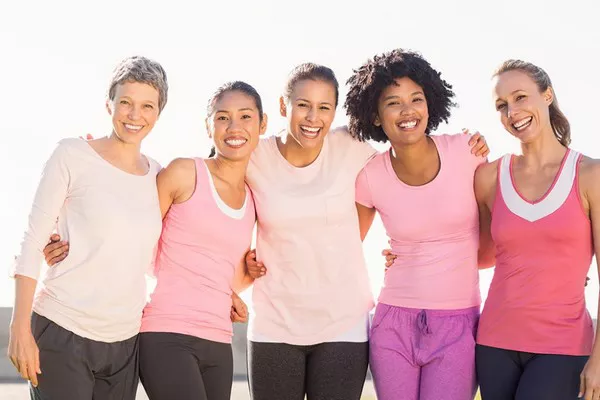Recent data reveals a troubling increase in breast cancer rates among Asian American and Pacific Islander (AAPI) women, with incidences rising faster than in many other racial and ethnic groups. In 2021, approximately 11,000 AAPI women were diagnosed with breast cancer, and about 1,500 died from the disease. This trend is notably pronounced among younger women, reflecting a significant shift from previously lower diagnosis rates in this demographic.
Helen Chew, director of the Clinical Breast Cancer Program at UC Davis Health, notes that the surge in cases is perplexing given the diversity within the AAPI community. “It’s a real trend,” Chew said, emphasizing the difficulty in pinpointing a single cause. She speculates that the increase could be due to a variety of factors, including disparities in access to care and cultural reluctance to seek medical attention.
Data from the National Institutes of Health (NIH) reveals that in 2021, approximately 55 per 100,000 AAPI women under 50 were diagnosed with breast cancer, surpassing rates for Black and Hispanic women and aligning with rates for white women. The incidence rate for AAPI women under 50 increased by 52% from 2000 to 2021, while rates for those aged 50 to 64 rose by 33%, and those aged 65 and older saw a 43% increase. This contrasts sharply with a 3% rise in breast cancer rates across all demographics during the same period.
Researchers are actively investigating the reasons behind this trend. Scarlett Gomez, a professor and epidemiologist at the University of California-San Francisco, points to possible factors such as stress and lifestyle changes. “We’re seeing almost a 4% annual increase in breast cancer rates among AAPI women under 50,” Gomez said, indicating a need for further research to understand the complex interplay of risk factors.
Veronica Setiawan, a professor at the Keck School of Medicine at USC and a breast cancer survivor, suggests that lifestyle changes among Asian immigrants, such as earlier puberty and delayed childbearing, might contribute to the increased risk. Setiawan, who was diagnosed at age 49, believes that westernization could be influencing these trends.
The rise in breast cancer rates among AAPI women is accompanied by stagnation in breast cancer death rates. In 2023, approximately 12 per 100,000 AAPI women died from breast cancer, a rate that has remained consistent since 2000, in contrast to a 30% decline in breast cancer mortality rates among women overall.
The CDC has begun to differentiate between Asian American and Pacific Islander women in its statistics, revealing that Native Hawaiian and Pacific Islander women have significantly higher breast cancer death rates—116% higher compared to Asian American women.
Alongside breast cancer, other cancers such as pancreatic, thyroid, colon, and endometrial cancers have also seen increases among AAPI women under 50. However, breast cancer remains the most common among young AAPI women, raising concerns due to its more aggressive nature in younger populations.
Moon Chen, a professor at UC Davis and an expert on cancer disparities, highlights the lack of NIH funding dedicated to researching cancer among Asian Americans, which may hinder efforts to address these rising rates effectively.
For women like Kashiwada, a 36-year-old civil engineer from Sacramento who was diagnosed with stage 3 breast cancer, the impact is deeply personal. Kashiwada’s journey through diagnosis, surgery, chemotherapy, and radiation underscores the importance of awareness and early detection. Despite her rigorous treatment regimen and ongoing health challenges, she encourages others to be vigilant about their health. “No matter how healthy you think you are, it doesn’t make you invincible,” she said. “Be very in tune with your body and what it’s telling you.”
As researchers and healthcare professionals continue to investigate the underlying causes of this disturbing trend, there is a growing call for targeted interventions and increased awareness to address the rising incidence of breast cancer among Asian American and Pacific Islander women.


